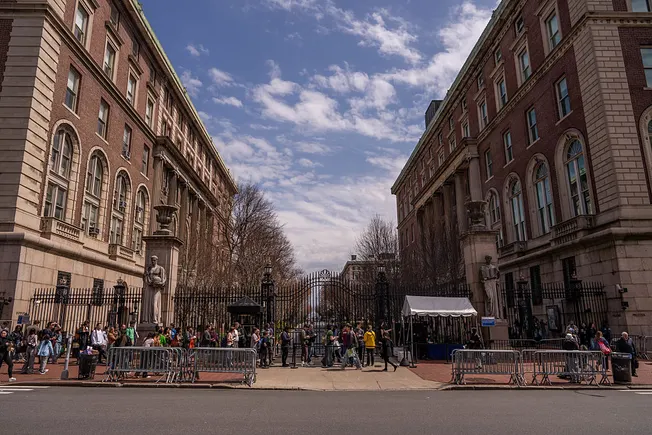South Africa exported $13,2 billion of agricultural products in 2023. About 40% of this is to the African continent, but these exports are concentrated in Southern Africa.
A lot is happening in the world and I probably should not be focusing on vegetables. Still, I want to underscore that there must be greater collaboration in the Southern Africa region’s agricultural community to expand production and address the poverty issues.
We cannot afford trade friction such as Botswana and Namibia’s blocking vegetables and fruit imports from South Africa. Thankfully, Botswana has corrected this policy mistake and is gradually removing the restrictions.
And yes, no one disputes that both Namibia and Botswana should develop their domestic agricultural production.
My issue has been the unfair ban and restrictions on vegetables and citrus exports from South Africa to both countries. Consumers in both countries have had to pay more for food because of supply constraints.
Economist Ndaba Gaolathe, who is Botswana’s vice-president and finance minister, recently stated that: “Anything that requires tariffs to sustain it, even in the short term, is bad economics. What is happening now is that food and vegetables have become more expensive in Botswana. Low-income groups — people who are already struggling — are spending a larger percentage of their income on food.”
What Gaolathe raises here is very important and partly at the core of the points I raised elsewhere, highlighting that with the removal of the restrictions, the people of Botswana will now have better-priced and high-quality vegetables from South Africa.
In November 2024, South Africa’s vegetables were deflated (-2,6%). Meanwhile, in Botswana, vegetable price inflation was still in double digits. This speaks to the difficulty the households had to ensure and the potential benefits of affordable prices in the coming months.
The current restrictions, which are not in the spirit of regional agricultural development, present similar pressures in Namibia.
Lifting the ban does not mean these countries have given up on their domestic production efforts. They will keep focusing on such efforts while easing near-term pressures on consumers. Gaolathe noted that: “More effective measures could include directly subsidising vegetable farmers by establishing a dedicated fund for them.”
Gaolathe also saw the need for research and development as central to boosting Botswana’s vegetable production. I fully support this view and would add that its production efforts will require collaboration and clear communication about production intentions, especially with South Africa, a major regional agricultural producer. South Africa will share technology and know-how to boost production in Botswana. The coordination could be at the organised agriculture level and government.
Our energy must be channelled towards growing Southern Africa’s agriculture and food security in a free trade area, the Southern African Customs Union.
Another matter to highlight is how important the Southern African Development Community is for South Africa’s agricultural exports. We enjoy tariff-free access to various regional countries, which supports South Africa’s agricultural growth. This growth has dwarfed that of neighbouring countries, partly contributing to the current discontent over trade.
South Africa exported $13,2 billion of agricultural products in 2023. About 40% of this is to the African continent, but these exports are concentrated in Southern Africa. Roughly 80 cents in every dollar of South Africa’s agricultural exports to Africa is from the Southern Africa region. With an economic value like this, we cannot discuss blocking trade from our neighbours. We must seek an understanding of their problems and work collaboratively to resolve them.
Beyond trade restrictions, the unrest in Mozambique is an example of such problems that the region should work to resolve speedily for the benefit of all. Wandile Sihlobo is an agricultural economist and author of A Country of Two Agricultures.




















Discussion about this post